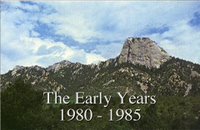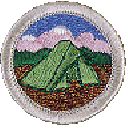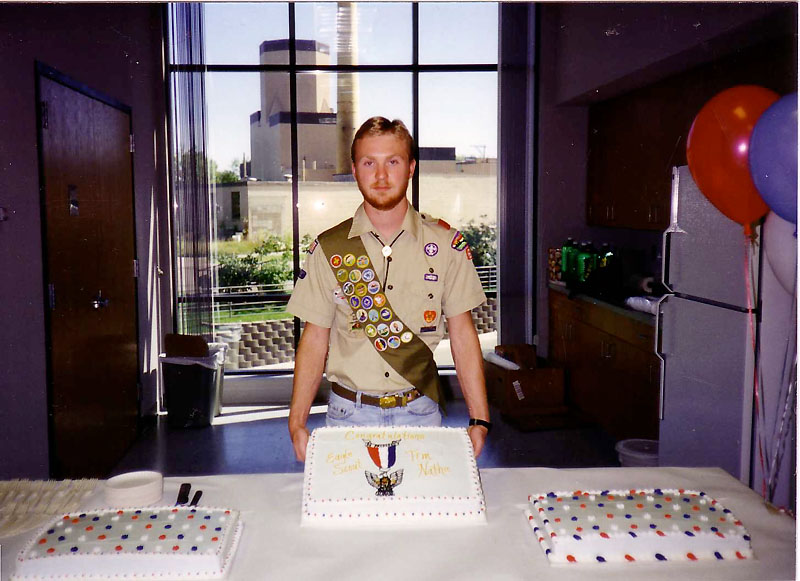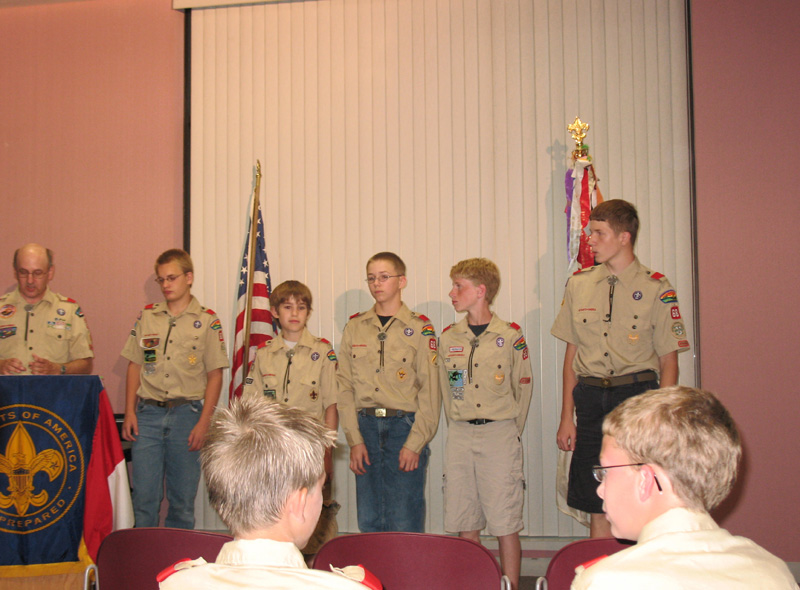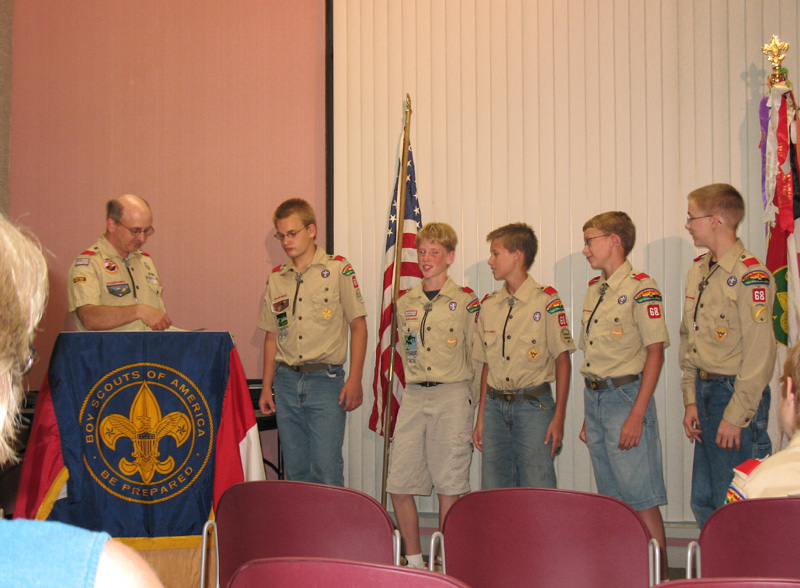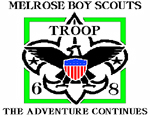Shortly after I began my tenure as a scoutmaster at the age of 21 in 1981 I was told during a training event that an adult could serve as a merit badge counselor for up to six merit badges, but a Boy Scout could only earn two merit badges with a counselor. This was to prevent the problem of one counselor, such as a scoutmaster or parent, signing off a lot of merit badges for any one Boy Scout or their own son. After all, the merit badge program is designed for the boys to get out and work with a variety of people. It made sense to me so I never questioned it.
Until this month when the subject of merit badges came up during the roundtable meeting. Since we were talking about merit badges I asked if that rule was still in effect. By the puzzled looks on everyone’s face, including the roundtable staff, I knew I was the only one who had ever heard of this rule. That was not surprising since I think I was the only one in the room who was a Scout leader back in the 1980’s.
No one in the room could answer my answer. When the district executive came in at the end of the meeting for the announcements we asked him the same question, and got that puzzled look again. He had not heard of that rule, but he would look into it and get back to us with an answer.
I received his answer on Monday by email. According to the National office there is no limit to the number of merit badges for which a person may be a counselor. However, the counselor must be approved by the council after filling out the proper paperwork. There is no limit to the number of merit badges a Boy Scout may earn with any one counselor, but he must follow BSA guidelines when meeting with the counselor.
Well, this will change the ballgame slightly in our troop. For nearly twenty-five years I have limited the boys to earning no more then two merit badges with any one counselor, except for summer camp. Even though I am a counselor for five merit badges, I only worked on two with any Scout. Now I can help the boys earn all five badges. Plus, I think I will add two more to my list that are subjects I am quite comfortable with.
You know, sometimes I think I may need to take scoutmaster basic training all over again.

